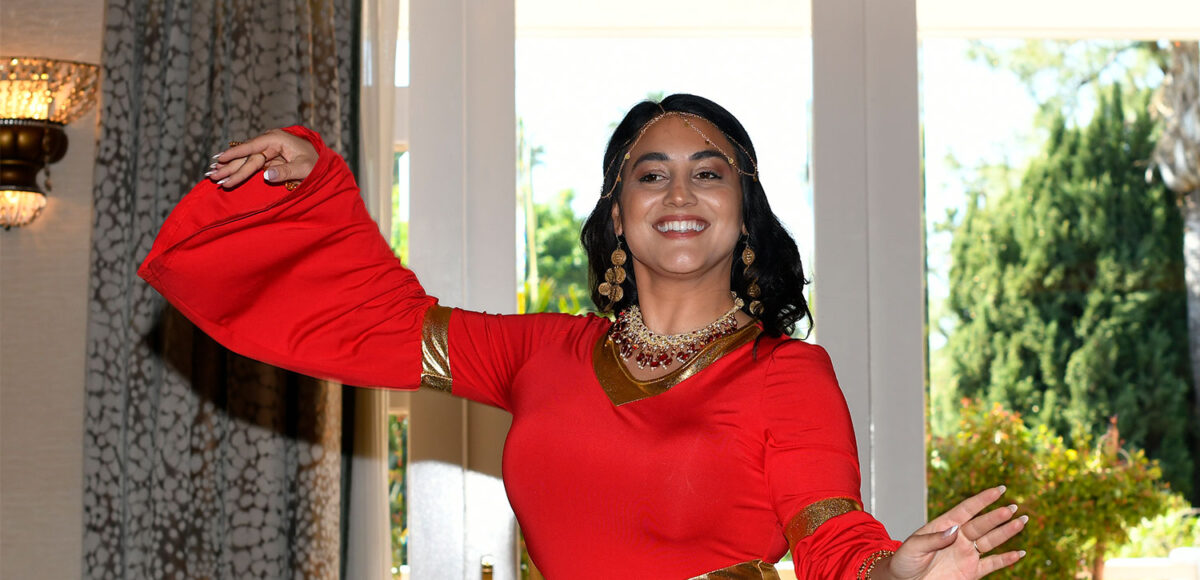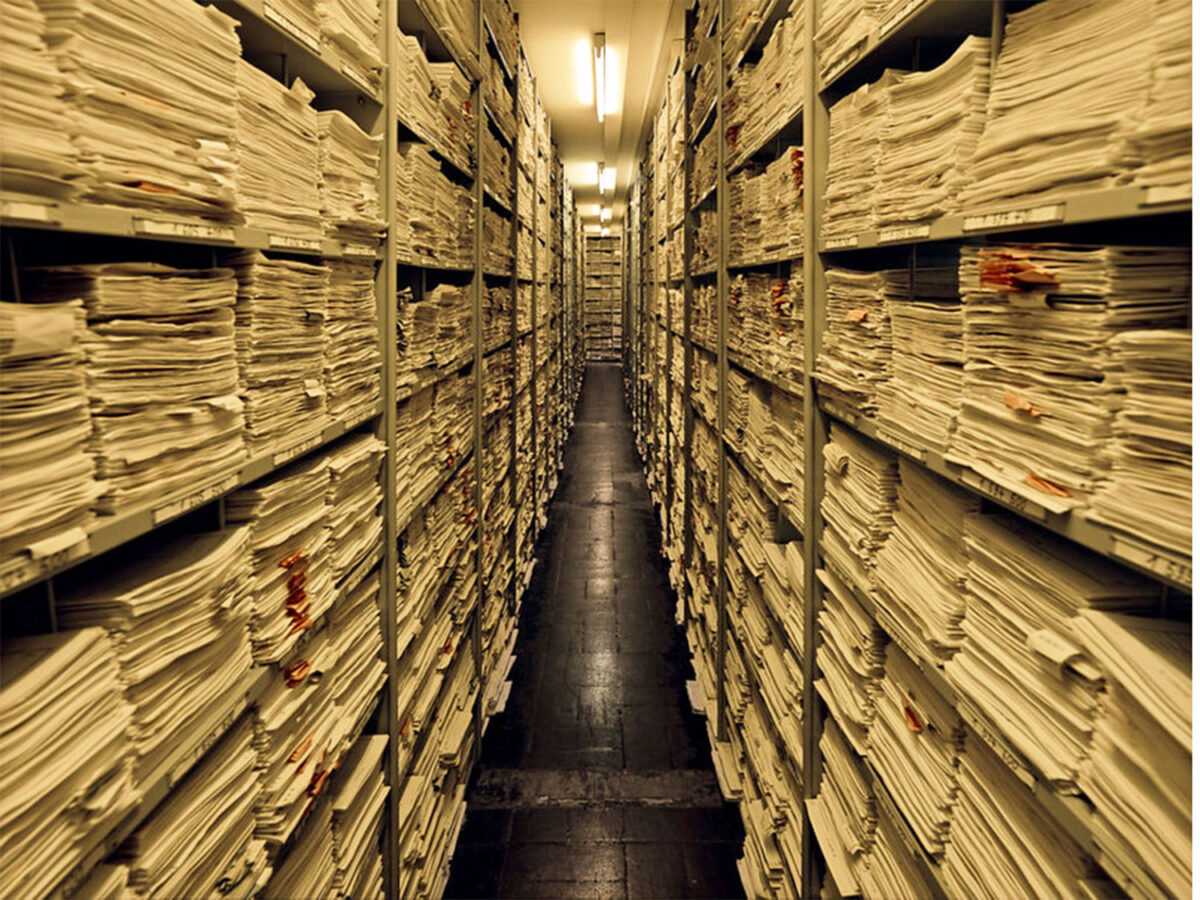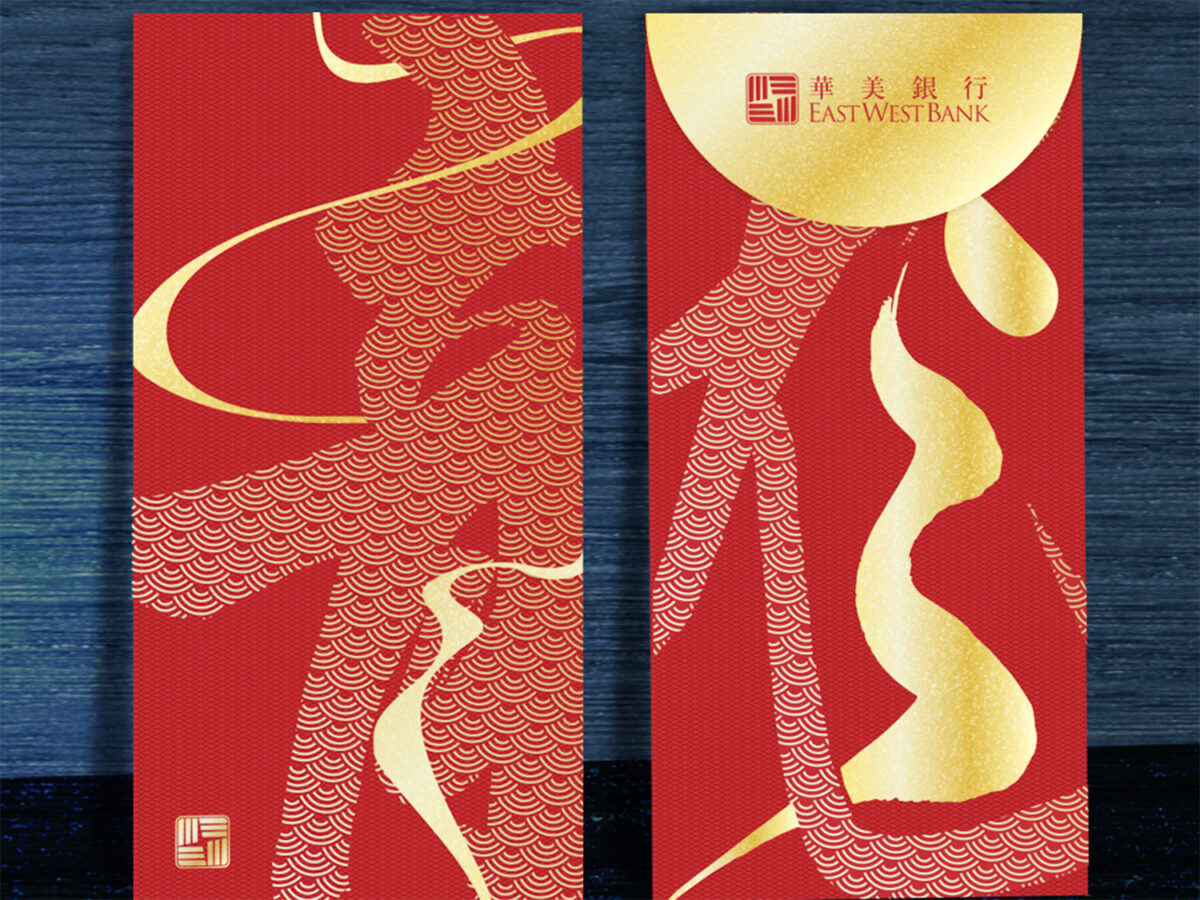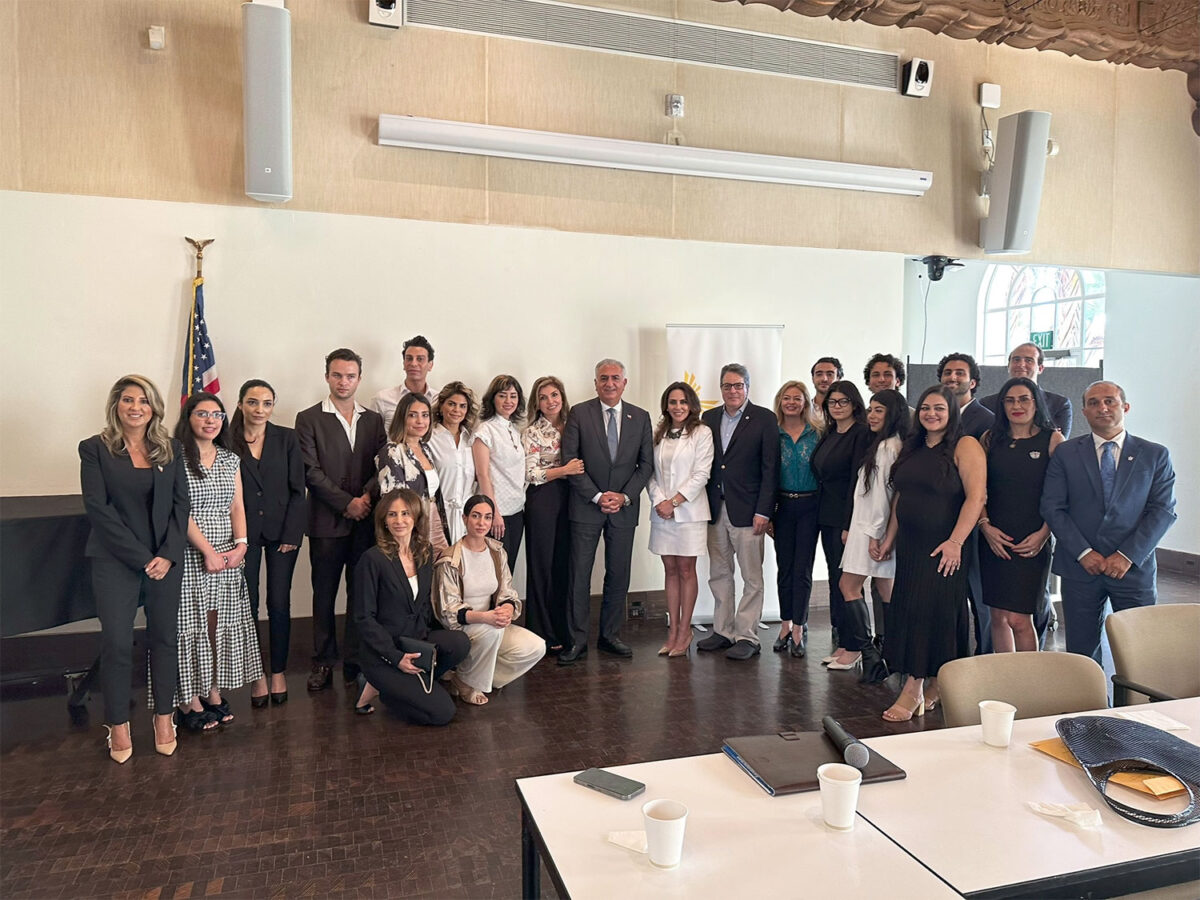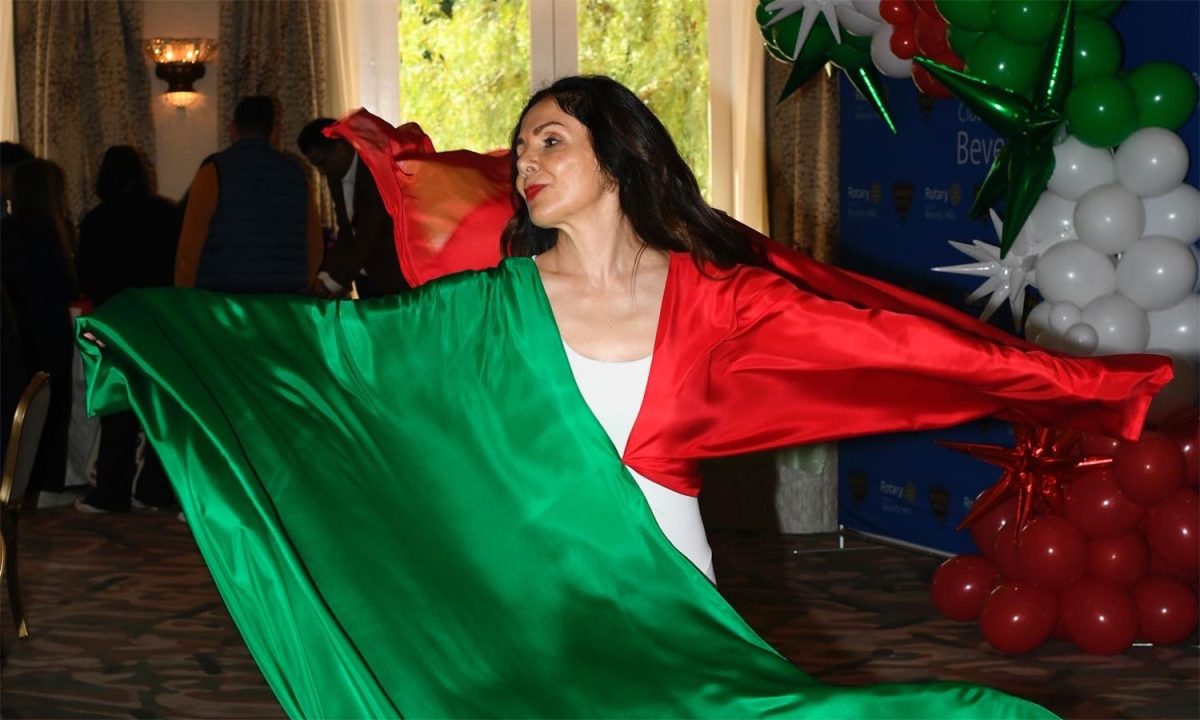The first day of spring launched a new season this week, and it also marked a new year for many in Beverly Hills. On March 19, Persian Americans celebrated Nowruz, a 13-day Persian New Year festival that recognizes the start of the Iranian Solar Hijri calendar. The holiday, which falls on the spring equinox, celebrates new life, rejuvenation, nature and prosperity. As in previous years, Beverly Hills commemorated the occasion and honored its Persian community members by adorning multiple Nowruz tables throughout the city.
At the City Council Regular Meeting on March 18, council members recognized the holiday by unveiling a table on the first floor of City Hall. The table, adorned with eggs known as “tokhm-e-morgh” in Farsi, celebrates fertility and new life. It will remain on display for the entirety of the 13-day festival. Residents can view the table from 8 a.m. to 5:30 p.m. Monday-Friday until March 29.
Mayor Dr. Julian Gold spoke about the meaning of the celebration and the importance of honoring it in the city.
“In Beverly Hills, Nowruz also provides a festive occasion to acknowledge the outstanding contributions of our Persian community,” he said.
The community also set up tables at the Beverly Hills Farmers’ Market, Roxbury Park Community Center and the La Cienega Community Center.
The festivities extended to the Rotary Club of Beverly Hills luncheon on March 18, during which members enjoyed a traditional dance performance by Roxy Pernia.
In the lead-up to Nowruz, Persian Americans engage in rituals aimed to cleanse, renew, and bring blessings for the coming year. These rituals include “Khane Tekani” for thorough house cleaning, “Chaharshanbe Suri” involving jumping over bonfires, and visiting loved ones to inspire unity. Special foods like “sabzi polo ba mahi,” saffron and herb rice with fish, are prepared for the Nowruz feast.
Traditionally, Nowruz doesn’t officially begin until a celebratory table setting is arranged to mark the arrival of spring. These table settings, known as “Haft-Seen,” include seven symbolic items, each starting with the letter “s.” In Farsi, haft means “seven,” and seen means “s.” From seeb (apples) symbolizing health to sabzeh (sprouts) signifying rebirth, each of these items serve as poignant reminders of the festival’s profound connection to the natural elements:
Seeb (apple)
Seer (garlic)
Serkeh (vinegar) Samanu (sweet pudding) Sabzeh (sprouts)
Sumac (a gold spice)
Senjed (dried fruit from the lotus tree)
In addition to these traditional elements,the Haft-Seen table may also feature other symbolic objects such as a mirror (symbolizing self-reflection), goldfish (representing life), painted eggs (symbolizing fertility), and traditional sweets and pastries like nokhodchi, traditional chickpea cookies (signifying sweetness and abundance). Each item holds deep cultural significance and adds to the richness of the Nowruz celebration.
What makes the holiday unique is that it transcends borders and religion to unite friends and families in celebrating the arrival of new life and opportunity. Beverly Hills resident and Los Angeles County Commissioner, Maggie Soleimani, shared her insights on the significance of Nowruz within her own home.
“For us, Nowruz is not just a celebration; it’s a cherished thread that weaves our past, present, and future together, reminding us of the beauty in renewal and the importance of family and tradition,” she said.
The more than 3,000-year-old holiday follows an ancient Iranian solar calendar and takes place when the sun is equally aligned over the Earth’s northern and southern hemispheres, meaning everyone celebrates at a different time of day depending on a country’s time zone. This year, Tehran, Iran celebrated at 6:36 a.m. on March 20.
Nowruz is also an official holiday in Afghanistan, Albania, Azerbaijan, Georgia, Iraqi Kurdistan, Kazakhstan, Kosovo, Kyrgyzstan, Mongolia’s Bayan-Ölgii province, Tajikistan, Turkmenistan and Uzbekistan.
Today, it is an official holiday in the state of California. On March 19, the Persian New Year was recognized by Governor Gavin Newsom, who spoke of the state’s significant Iranian American population.
“Our state’s vibrant Iranian community contributes to the rich fabric of cultures foundational to California as we know it,” said Newsom. “Many Iranians living in the U.S. reside in California. Los Angeles is home to the largest Iranian community outside of Iran, with ‘Tehrangeles,’ a thriving cultural center created by Persian residents and businesses.”
Tehrangeles, also known as Little Persia, refers to the Persian community that was developed in Westwood after the Islamic Revolution. As Iranians make up a substantial portion of Beverly Hills’ population, the holiday plays a significant part in celebrating the city’s diverse culture.



